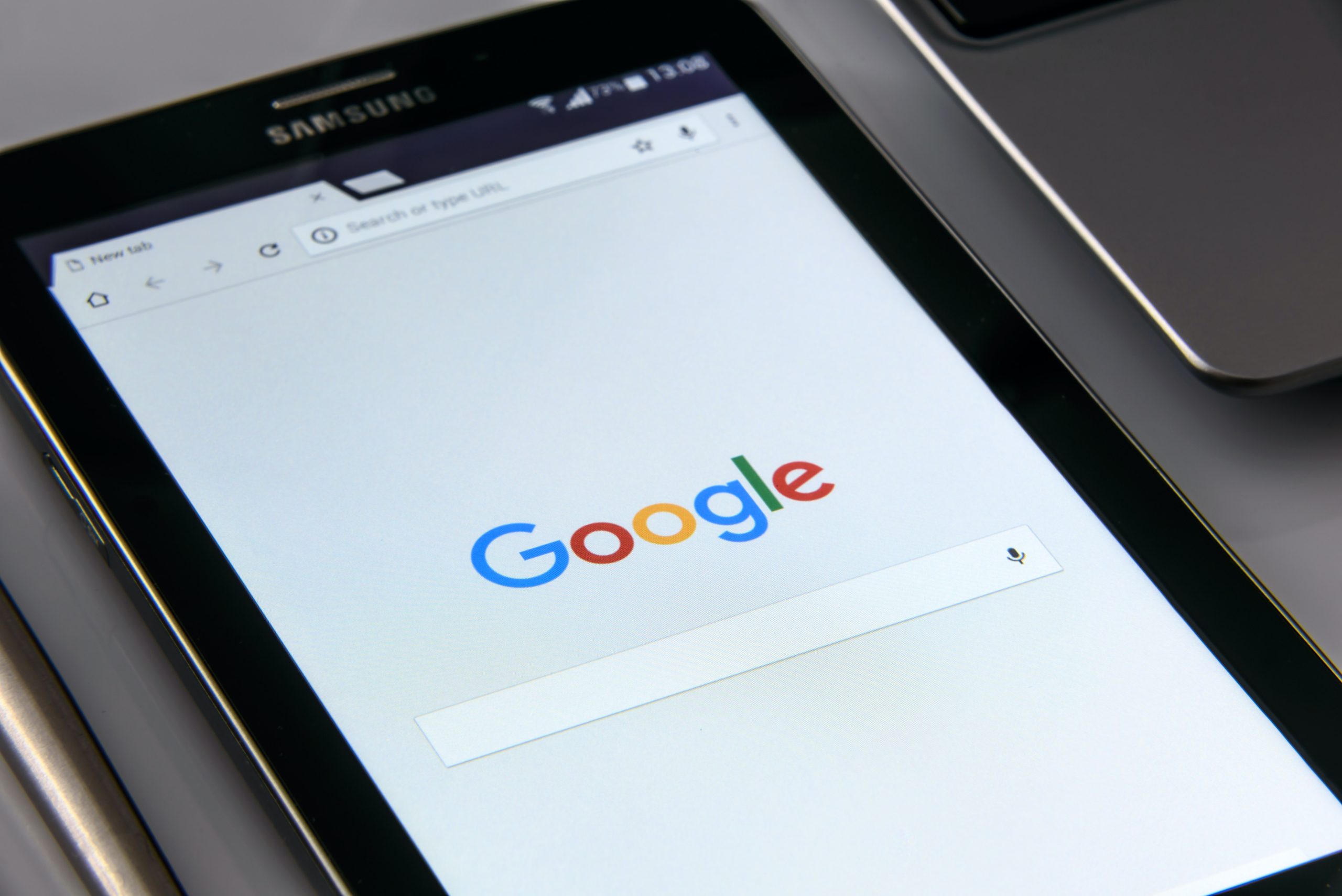When it comes to PPC marketing, there are many aspects that go into an effective campaign. Alternatively, this also means there are many areas where, if not done right, your effectiveness can be reduced. Here we have some recommendations for approaches you can take to increase the efficiency of your PPC accounts.
It pays to be lazy
Seriously — your goal here is to not have to do extra work. This is of course because extra work is extra time, which is definitely avoidable.
Furthermore, besides valuing getting “lazy” because you won’t be wasting extra time and subsequent money in the PPC realm, you also want to do this so you can free up that mental bandwidth that will make you more efficient elsewhere (not to mention just make your brain happier). Efficiency in one space begets efficiency elsewhere. Human power is the most valuable resource you have — tedious chores diminish that.
So, really, by “get lazy” all we mean is to seek ways to achieve the best results via the least amount of effort.
A huge step to achieve that is by utilizing automation tools whenever possible. For example, if your campaign is converting at a rate you’re satisfied with, allow the automated system to take care of it. On the other hand, poor conversion rates can be improved by setting automation rules and altering them on occasion based on returns.
Cut out the fat — then focus on the customer experience
There’s a handful of key factors that determine the customer experience when viewing your site. One of these is the content of an ad or the page itself.
You don’t want any content that isn’t working. That could mean keywords, full pieces of copy on your page or ads, imagery or design factors, etc. An example of cutting the fat could be if, after a few months, you see that certain keywords aren’t leading to conversions in the last 90 days despite yielding a substantial amount of clicks. Pause those. The same can be applied to ad copy, as long as you replace all paused ads with others to maintain best practices.
Other areas you might want to trim your inefficiently-applied resources could be locations or demographics you’re bidding for.
A graph outlining cost and conversions over time
After cutting out areas that are inefficiently using up your time, money, or human power, you still have to make sure the landing page to which a campaign leads is a positive experience for users. We talked more in-depth about landing pages here, but in general these are some good guidelines to check off:
- Are you utilizing all communication avenues to convert? For example, if you have a business phone, is that number displayed clearly and on top of the landing page?
- If you have a form fill, is it too long? Typically anything involving more than four fields will lose a user’s interest.
- Is your CTA displayed prominently above the fold? Humans have minimal attention spans especially online, so don’t make users do extra work to get what they and you want.
- Do you have any sort of positive reviews, testimonials, or accreditations? If so, display those clearly! Visitors to your page want a sense of security before making a purchase (or taking steps to make a future purchase). Showing your credibility helps build that confidence.
We also encourage you to pay attention to your competitors’ approaches. Obviously you don’t want to just copy them completely, but you can learn from the themes and copy in their ads and landing pages.
Overall, this all comes down to efficiency and quality combined. You want to set your campaigns up so that you’re not wasting any extra time, money, or manpower, and from there want to create quality ads and landing pages that resonate positively with your audience. Doing so will put you in a position to have as successful of a campaign as possible.





